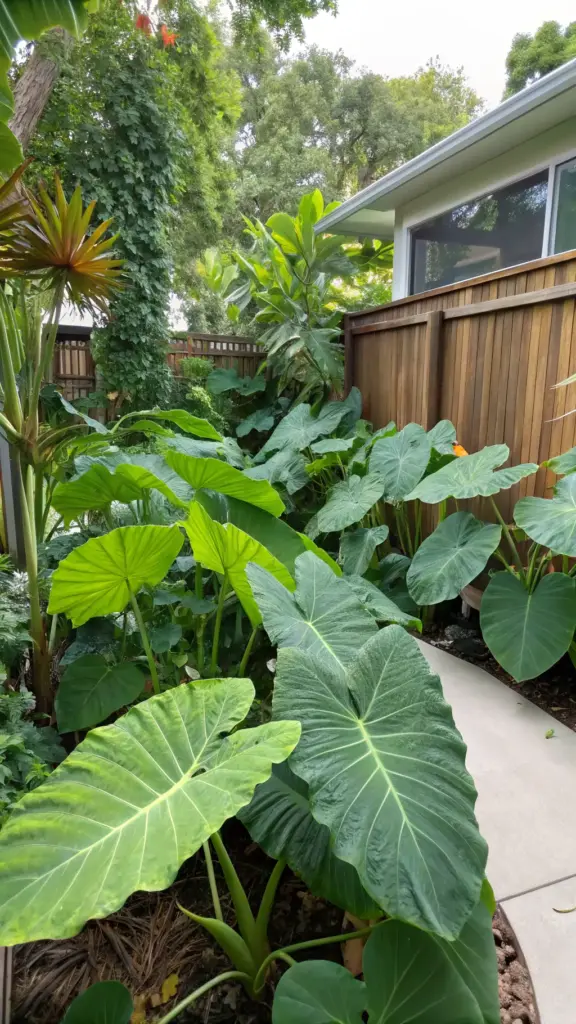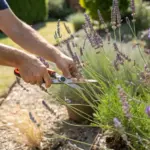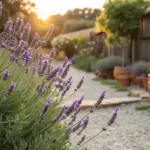3. Taro and Large-Leafed Tropical Plants

My obsession with creating a tropical paradise in my backyard almost drove me indoors permanently. Those massive elephant ear plants and gorgeous taro leaves looked absolutely stunning – until they turned my garden into mosquito central command.
I spent a fortune on these beautiful tropical specimens, only to discover I’d basically built a five-star resort for every mosquito in the neighborhood.
Why Those Beautiful Broad Leaves Are Mosquito Magnets
Here’s what I wish someone had told me about large-leafed tropical plants – they’re like natural umbrellas that create their own weather systems. The area underneath those massive leaves stays humid and still, even on breezy days.
Mosquitoes thrive in humidity levels above 80%, and my taro plants were creating perfect 90% humidity pockets.
I measured the temperature difference under my elephant ears versus the open garden – it was consistently 5-8 degrees cooler and way more humid. Basically, I’d created mosquito air conditioning.
How My Tropical Plants Became Water Traps
The worst part about broad-leafed plants is how they funnel water into all the wrong places. Every time it rained, water would roll off those huge leaves and collect in the plant crowns and surrounding soil depressions.
My taro plants were the absolute worst offenders. Water would sit in the leaf joints for days after a rainfall.
I also noticed that the large leaves would catch and hold morning dew much longer than smaller plants. By 10 AM, when everything else was dry, my tropical plants were still dripping with moisture.
Tropical Alternatives That Actually Fight Mosquitoes
After my mosquito disaster, I discovered citronella-scented geraniums that give you that lush tropical look without the bug problems. These beauties have broad leaves but naturally repel insects.
Lemon balm became my new favorite tropical-looking plant. It grows huge, has that exotic appearance, and mosquitoes absolutely hate the lemony scent.
I also switched to catnip plants – they look surprisingly tropical when they get big, and they’re actually more effective at repelling mosquitoes than DEET according to some studies.
Container Gardening Tips That Prevent Mosquito Breeding
Now I use self-draining containers for all my large-leafed plants. These pots have built-in overflow systems that prevent water from sitting around the roots.
The key is elevating your containers on plant stands – this improves air circulation underneath and prevents water from pooling on the ground.
I learned to drill extra drainage holes in the sides of my pots, not just the bottom. This prevents that deadly water buildup that happens when drainage holes get clogged with roots.
For my remaining tropical plants, I add a layer of mosquito dunks to the soil surface. They slowly release larvicide that kills mosquito babies without harming the plants.
Seasonal Care That Keeps Bugs Away
During mosquito season (basically April through October here), I check my tropical plants every other day for standing water. Any water sitting in leaf joints gets dumped immediately.
I’ve started using a leaf blower on my large plants after rain storms. This might sound crazy, but it removes trapped water and improves air circulation.
In fall, I cut back my tropical plants more aggressively than I used to. Those dying leaves create perfect hiding spots and breeding areas for overwintering mosquitoes.
I also learned to space my tropical containers farther apart during peak mosquito months. Better air flow means fewer places for mosquitoes to hang out and breed.
Ready to tackle another sneaky mosquito hideout? Click “next” to discover why those perfectly manicured hedges and dense shrubs might be sabotaging your outdoor enjoyment – and what to plant instead for natural pest control!









GIPHY App Key not set. Please check settings